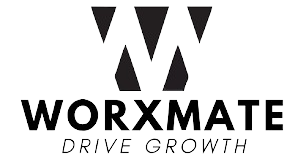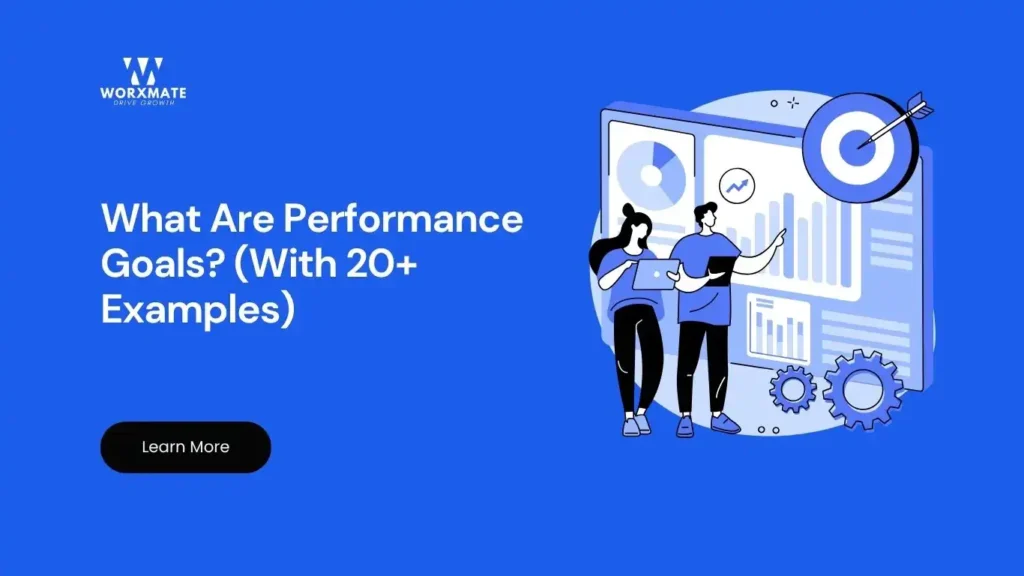Summary
Performance goals are specific, measurable objectives that employees and organizations use to define expectations, track progress, and drive results. They serve as a roadmap for professional development by providing clear direction on what needs to be accomplished and how success will be measured. Effective performance goals align individual efforts with organizational objectives, creating accountability while fostering growth and improvement across all levels of the workplace.
Are you struggling to maximize your potential at work or feeling like your team lacks direction? The secret to unlocking exceptional workplace performance lies in mastering the art of setting effective performance goals.
These powerful tools transform vague aspirations into concrete achievements, creating a clear path toward professional success.
Performance goals aren’t just administrative requirements—they’re the foundation of high-performing organizations and successful careers. When implemented correctly, they increase employee performance by up to 22% and drive meaningful business results.
Whether you’re a manager looking to elevate your team or an individual seeking career advancement, understanding how to create and execute performance goals will revolutionize your approach to work.
What Are Performance Goals?
Performance goals are specific, measurable targets that guide employees in their daily tasks and long-term career growth. By setting these clear objectives, individuals can concentrate their efforts, enhance productivity, and make valuable contributions to their teams and organizations.
Performance goals act as a structured plan, offering direction for both immediate responsibilities and future development. Unlike general intentions, well-defined performance goals provide a roadmap for what needs to be achieved and how success will be measured.
They help clarify each person’s role, ensure that everyone’s work supports the company’s mission, and create a solid basis for constructive feedback and professional growth.
Businesses rely on these goals to track progress, make informed decisions about awards and rewards, and identify opportunities for improvement.
Types of Performance Goals with Examples
-
Productivity Goals
Productivity goals are designed to boost efficiency and output, ensuring that employees deliver results that matter to the organization. These objectives make expectations clear and foster accountability.
-
-
Examples:
- Conduct 20 onboarding calls with new clients each week, aiming for a satisfaction rating of 90% or higher.
- Aim to reduce support case resolution time by 15% in the upcoming quarter.
- Complete and share the weekly project status report before 3 p.m. every Friday.
-
-
Professional Development Goals
Professional development goals inspire employees to learn new skills, deepen their knowledge, and get ready for upcoming opportunities. Focusing on these goals supports both individual advancement and the long-term success of the organization.
-
-
Examples:
- Finish a project management certification course before the quarter ends.
- Attend at least two industry-related webinars monthly to stay current with trends.
- Learn to use a new software tool that’s essential for the team’s workflow.
-
-
Collaboration Goals
Collaboration goals emphasize teamwork and cooperation, helping employees work effectively with colleagues to achieve shared objectives.
-
-
Examples:
- Contribute at least three ideas during each team brainstorming session.
- Mentor a junior team member by offering regular guidance and support.
- Reply to team communications within 24 hours to maintain smooth collaboration.
-
-
Leadership Goals
Leadership goals focus on developing the skills needed to inspire, guide, and support others, which is crucial for those in or aspiring to management roles.
-
-
Examples:
- Ensure all managers complete leadership training within six months.
- Boost leadership engagement scores by 20% in the upcoming employee survey.
- Achieve a 95% satisfaction rate in leadership development programs.
-
How to Set Effective Performance Goals
The SMART Framework is a widely recognized strategy for crafting goals that lead to meaningful achievement. By following this approach, you ensure each goal is:
-
Specific
Define exactly what you want to accomplish and outline the steps needed. Clear, detailed goals eliminate confusion and help everyone understand their responsibilities. Consider the who, what, when, where, and why for each objective.
-
Measurable
Include specific benchmarks that help monitor progress and clearly indicate when the goal has been accomplished. Setting measurable goals encourages motivation, builds accountability, and allows you to recognize achievements as they happen.
-
Achievable
Set goals that are challenging yet realistic, taking into account available resources and current abilities. Breaking larger objectives into smaller, manageable tasks can help maintain momentum and prevent overwhelm.
-
Relevant
Make sure every goal has a clear purpose and fits your job responsibilities. When team members understand how their efforts support the company’s larger objectives, they tend to feel more involved and driven.
-
Time-Bound
Set a specific deadline for each objective to maintain urgency and direction. Defined timelines support task prioritization, promote consistent progress, and allow for regular evaluation and adjustments.
Case Study: McKinsey’s Performance Goal Research
McKinsey’s 2024 performance management survey of over 1,000 employees across 11 countries revealed critical insights about effective goal setting. The research demonstrated that 72% of respondents cited goal setting as a strong motivator for performance improvement.
The study found that employees felt most motivated when their performance goals included a mix of both individual and team-level objectives. Additionally, goals that were clearly linked to company priorities and felt measurable significantly increased employee motivation.
“What makes an effective goal? The survey revealed that employees felt more motivated when their performance goals included a mix of both individual and team-level goals and when their goals were clearly linked to their organization’s goals,” the McKinsey researchers noted.
The research also highlighted that the process of setting goals is just as important as the content. Employees reported higher motivation and perceived fairness when they were involved in the goal-setting process and when goals were updated throughout the year to align with changing priorities.
Performance Goal Examples by Category
-
Financial Performance Goals
-
- Achieve a 10% increase in sales revenue over the next quarter
- Expand the customer base by 15% within six months
- Improve average deal size by 20% by the end of the fiscal year
-
Customer Service Goals
-
- Improve customer satisfaction scores by 15% within six months
- Reduce customer service response time by 20% over the next quarter
- Increase Net Promoter Score (NPS) by 10 points within the next year
-
Operational Efficiency Goals
-
- Decrease project completion times by 20% by the end of the quarter
- Ensure 95% of projects are delivered within allocated budget
- Increase use of project management tools by 30% within six months
-
Innovation Goals
-
- Launch at least two innovative products or features within the next year
- Increase number of submitted ideas by 25% in the next six months
- Achieve 90% satisfaction rate in post-launch feedback for new products
Best Practices for Performance Goal Management
-
Align Goals with Organizational Strategy
Gartner research shows that when employee goals are aligned with organizational priorities and help employees meet changing needs, coordinate with peers, and hold themselves accountable, employee performance increases by up to 22%.
-
Provide Regular Feedback and Check-ins
Effective performance management depends on ongoing communication rather than annual reviews. Regular check-ins allow for course corrections and maintain engagement throughout the performance period.
-
Use Technology and Analytics
Modern organizations use analytics to monitor performance and spot trends. With effective goal-setting systems, they enhance focus and consistently achieve stronger results..
-
Foster Collaborative Goal Setting
Creating goals together with team members and leaders enhances clarity, alignment, and shared responsibility. This inclusive process boosts engagement and strengthens commitment toward achieving outcomes.
Transform Your Performance Management with Worxmate
Unlock your organization’s full potential with Worxmate’s AI-powered Performance Management Software. Worxmate streamlines goal setting, automates performance reviews, and delivers real-time, data-driven insights—so you can focus on strategic priorities, not manual tasks.
Its DEEP AI framework ensures precise, unbiased assessments, aligns individual and team objectives, and highlights both top performers and development opportunities.
Seamlessly integrate with your existing workflows and empower your teams to achieve more with less effort. Experience a smarter, more transparent approach to performance management.
Ready to elevate your results? Start your free trial of Worxmate.ai today and drive measurable growth!



